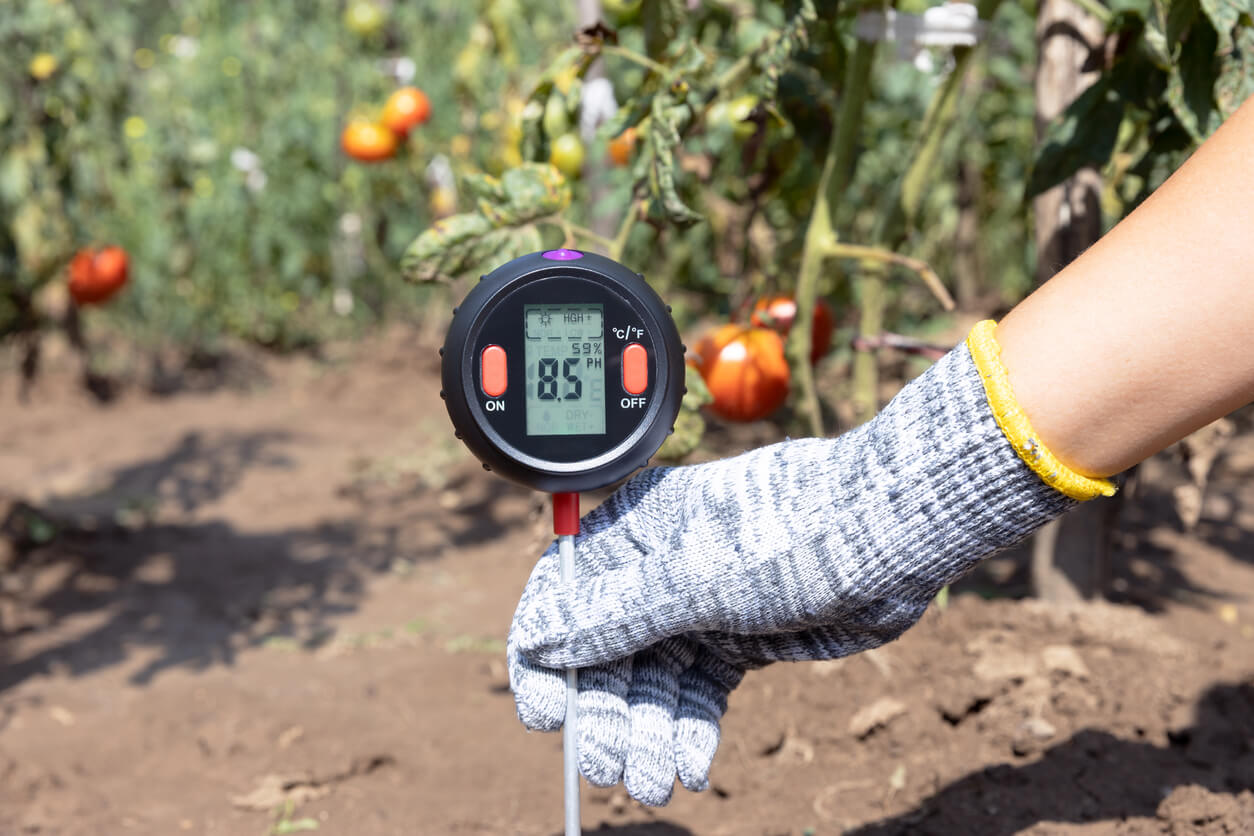
Planning a garden can be a real adventure! Picture this: some veggies like their personal space, while others are quite the social butterflies in your garden. And don’t even get us started on their sunlight preferences—it’s like organizing a garden party!
Now, you might be wondering, “Hey, are there any cool apps that can help with all this gardening jazz?” Well, you’re in for a treat because we’re diving into that topic in this issue of Food Gardening Magazine. But, before we start swiping and tapping away on our screens, let’s get back to basics. After all, how can we use those nifty apps to their full potential if we don’t have a clue about garden planning?
So, here’s the deal: I’m all about being well-prepared, and I get that sometimes you want to keep the tech out of your garden. That’s why I’m here to share some timeless vegetable garden layout tools that I think you’ll find super useful.
Let’s talk about the six garden tools that anyone can use, no downloads or forgotten passwords required.
The six vegetable garden layout tools anyone can use
Ready to go old-school? These low-tech tools are available anytime, anywhere. So get ready to plan the best garden ever without downloading anything or trying to remember the password for that software you signed up for two years ago.
- Pen and paper. Seriously. Pen and paper, or perhaps pencil and paper, can be one of the best vegetable garden layout tools around. You can measure and get hyper-specific if you want to draw your garden to scale, or you can simply guesstimate and give your squash a little more space, and your peas can take up a little less space. It’s an excellent tool for getting a bird’s-eye view of what your garden may look like.
- Your notebook. If you don’t have a gardening notebook, go get one soon. It doesn’t need to be fancy—your basic journal or spiral notebook will do. This is where you record what happens with your garden. Then, when you refer back to it, you won’t need to wonder how long it took seeds to germinate, which variety of cucumbers gave you a splendid yield, or what you did about those tiny white bugs on your tomatoes because it will all be written down.
- Companion planting. One way to get more out of your garden is to try companion planting. This style of gardening puts plants together where they can support one another. For example, basil is said to deter the tomato hornworm, so basil and tomatoes would be good companion plants. Of course, you don’t have to stick with vegetables and herbs, either. Nasturtiums, which by the way, are edible and delicious, aren’t just beautiful flowers; they can also keep pests away from your veggies. If you want to know more about companion planting, we have a Printable Companion Planting Chart for that!
- A tape measure and string. When it comes to getting your hands in the dirt, these can be two of the most helpful vegetable garden layout tools around. Use them to measure and rope off sections of your plot, so you know where to stop planting beets and start planting onions.
- Crop rotation. While we tend to think of crop rotation in relation to large, commercial farms, the same idea works in small home gardens, as well. The concept is based on the idea that plants take some nutrients from the soil and leave others. Therefore, moving your crops year to year helps the soil remain healthy for planting and growing vegetables. We talk more about this in Crop Rotation Basics for Your Freedom Garden.
- Soil testing kit: To truly plan your garden, consider a soil testing kit. It’s like a health check-up for your soil, letting you know if it’s lacking essential nutrients or if it needs a pH adjustment. Armed with this knowledge, you can tailor your plant selections and amendments for a thriving garden. That’s something an app can’t do for you!
So, let’s take a break from screens, put down our phones, and get back to the roots of gardening. It’s time to create the best garden ever with these friendly, tech-free tools!
As you embark on your gardening journey armed with pen and paper, your trusty notebook, the art of companion planting, a tape measure, and a bit of crop rotation wisdom, remember that gardening is not just about growing plants; it’s about cultivating a connection with nature and nurturing your little piece of the earth. These tools, devoid of fancy apps and complicated software, help you become one with your garden.
With your notebook in hand, you’ll document the beautiful moments of growth and the challenges you overcome. You’ll observe the fascinating relationships between your companion plants, each one playing a unique role in your garden’s ecosystem. Your tape measure and string will become symbols of order and organization, ensuring that every plant has its space to thrive. And as you practice crop rotation, you’ll witness the cyclical beauty of nature, as your soil rejuvenates, ready to support another season of abundant growth.
So, whether you’re an experienced gardener or just starting, these humble tools offer a timeless approach to gardening that transcends the digital age. They invite you to slow down, get your hands dirty, and truly connect with your garden. With each season, you’ll not only harvest delicious veggies but also the satisfaction of a job well done and a deeper understanding of the natural world.
So, go ahead, put that phone away, and embrace the simplicity and joy of gardening the old-fashioned way. Your garden will thank you with a bountiful harvest and a sense of peace that only comes from working hand in hand with Mother Nature. Happy gardening!


 Previous
Previous

